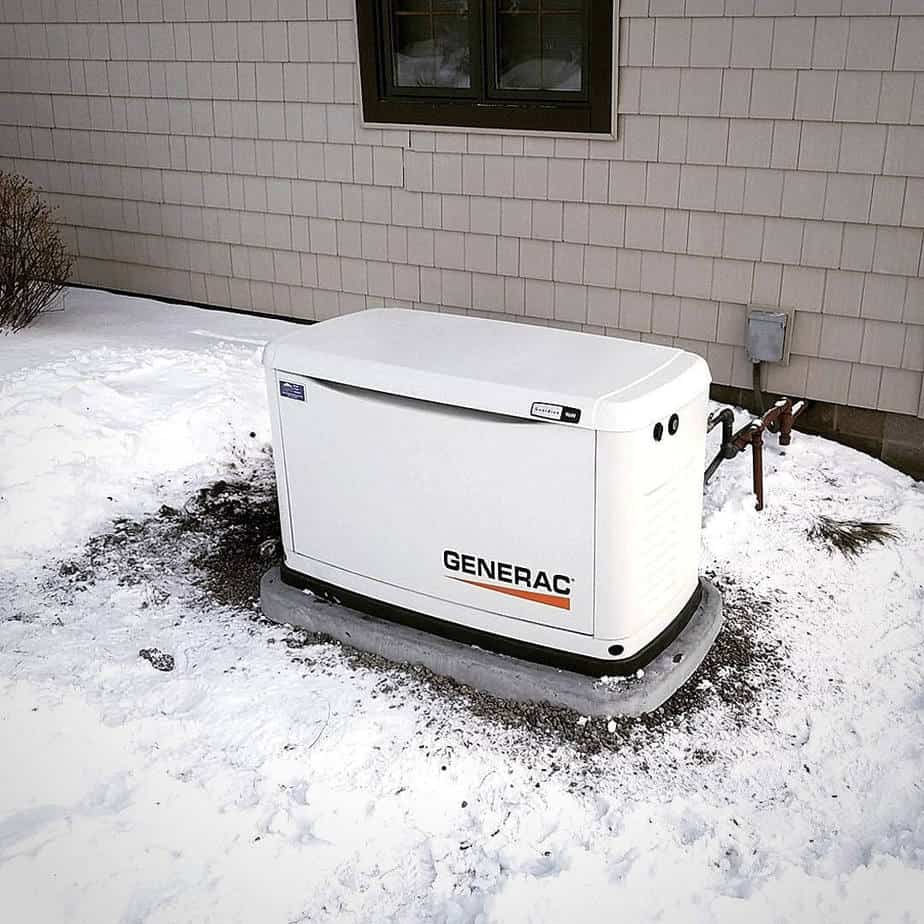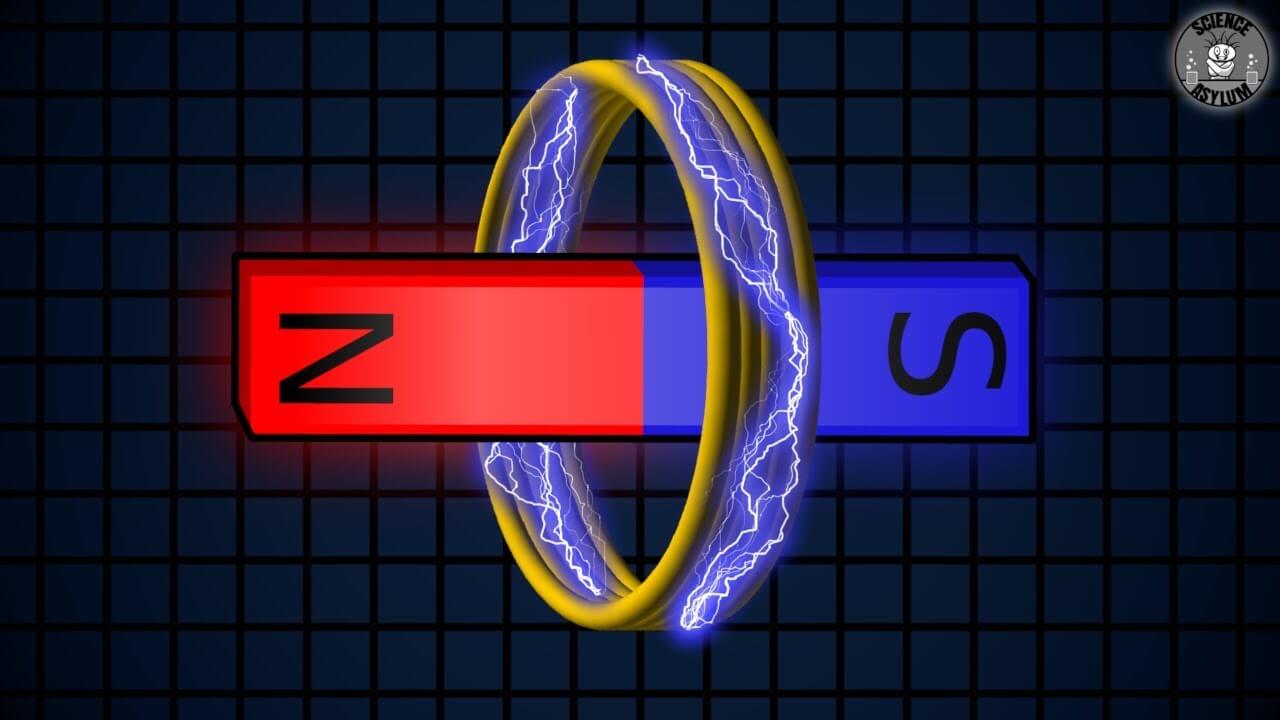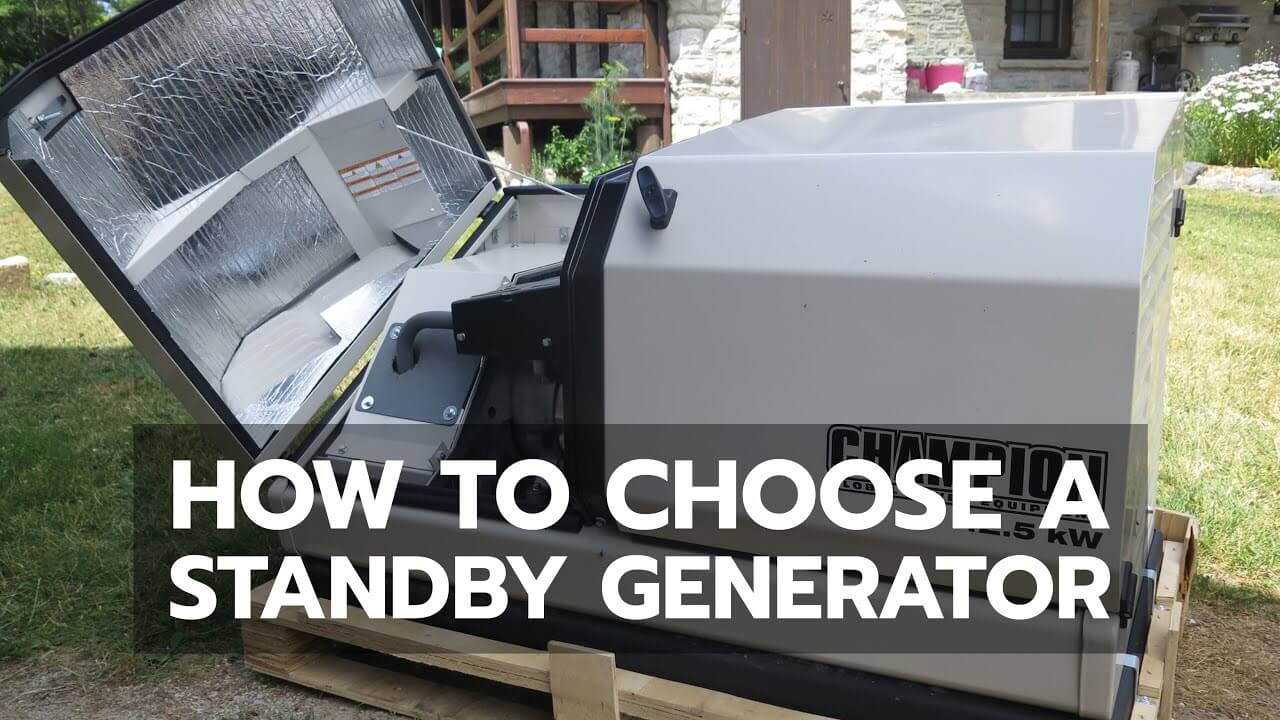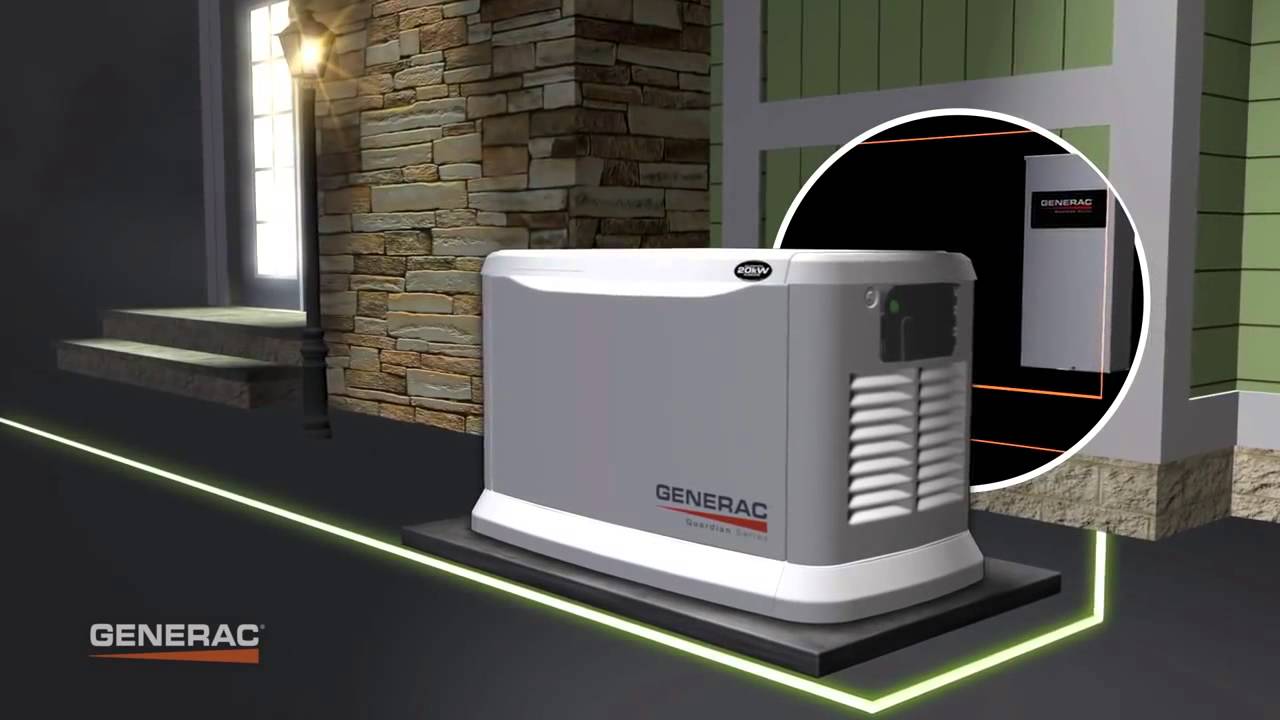How Does a Standby Generator Work?
For those of you who don’t know, Generac (Generac Power Systems), is one of the most reliable and popular brand names when it comes to standby generators.
Standby generators are typically connected to your home’s natural gas supply, or if need be, they can also run on liquid propane.
In terms of their physical location, standby generators are to be installed on the exterior of your home, generally on a concrete pad to ensure that they have a stable base.
You want to situate a standby in an area outdoors as they emit carbon monoxide, and in any area that isn’t prone to flooding.
With the fun facts out of the way about how standby generators work, how exactly do they benefit homeowners like yourself?
How Do Generators Work Without Electricity?
Standby generators are called this because they are always on standby, which means that it is ready to kick into action at a moment’s notice via a transfer switch that automatically senses any interruption from the mains electrical power grid.
When your power goes out, whether due to equipment failure, severe weather, or anything else, a standby generator senses the loss of power in your home and restores power automatically.
Standby generators can sense hazardous power disturbances within milliseconds occurring so you’re never without power in an emergency.
As you can see, a Generac standby generator is actually quite simple to understand. Simply put, when the power goes out, they act as a backup power source until grid power is restored back to a functioning state.
How Long Can You Run a Whole House Standby Generator?
In terms of the overall lifespan, your average standby generator can last for anywhere from 20 to 40 years. How long can a whole house generator last in a single go? If the power goes out for more than a few days, will a whole house generator get you through?
This depends on the fuel source that your particular generator is using. For example, if you have a model that uses liquid propane as fuel, a 500-gallon tank should last for about a week, running 24 hours a day. It all depends on the size of the fuel tank.
“Home Standby Generators automatically detect a power outage and deliver backup power to your home within seconds. You’ll have peace of mind knowing that you’re covered – the generator will keep your power running for as long as the power is out – whether that’s for two hours or two weeks.”
Honeywell
On the other hand, if you have a whole home generator that taps into your home’s supply of natural gas, it can run indefinitely, as long as it has a constant supply of said natural gas.
Therefore, if you need a generator that can provide days or even weeks of power at a time, it’s the natural gas variety that you want to go for.
Something to keep in mind regarding a home standby generator is that it will require a fully-functional battery, and if that battery does fail, you’re back to holding candles in the dark like your ancestors.
To prevent these sorts of problematic issues from occurring, it’s recommended to change any battery for your standby generator every 2 years.
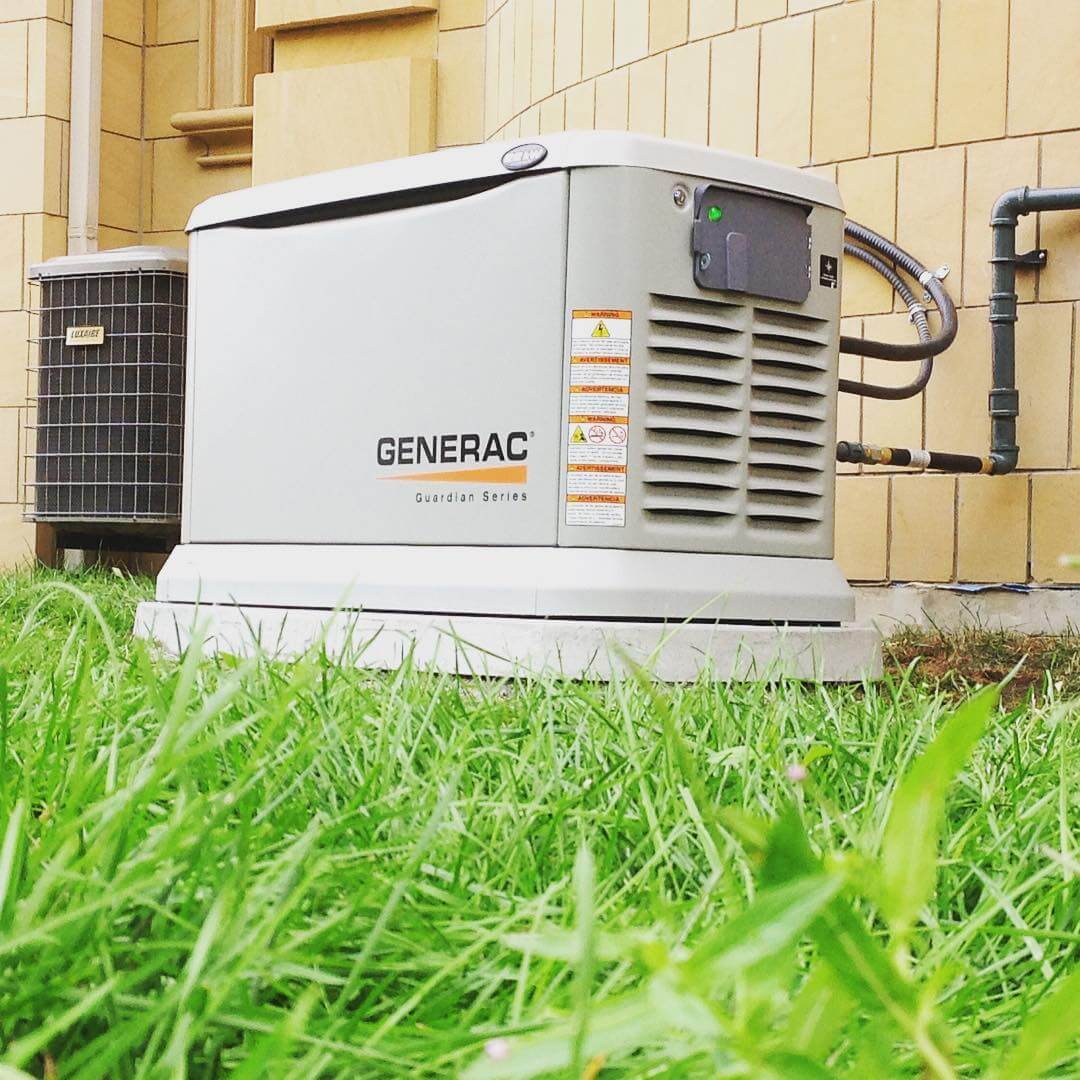
How Does a Standby Generator Work to Power a House?
The mechanical functionality and electrical circuitry within a standby generator can most certainly seem confusing. But in theory, generators are actually very simple pieces of equipment.
So, how exactly do they work?
Generators feature an automatic transfer switch, which is a mechanism that senses a phase imbalance or reduction in voltage, and in turn, automatically overrides the utility power.
This device can tell when the utility power goes out and will then cause the generator to automatically turn on and start supplying the main circuit in the home with power.
Generators use a specific fuel source, with most whole house generators using natural gas or propane. The generators use this fuel source to run a motor.
This motor is then connected to an alternator or an inverter, both of which convert the mechanical energy produced by the motor into electrical energy which then feeds into the circuits within your home.
Once the utility power reactivates and mains voltage power returns to normal, the automatic transfer switch initiates an automatic shutdown of the standby generator, thus reverting your home’s power supply back to utility power.
How to Hook Up a Portable Generator to a House
Portable generators for home use are a popular option as they are a cost-effective means to assist with maintaining temporary power if an outage occurs until grip power returns.
One of the main problems with utilizing a portable home-generator vs a standby home-generator is that the switch from mains grip power to what your portable generator can provide requires some action on your part.
Firstly, you’re going to need either an expansion cord to power the appliances that require power or you’ll need an approved adapter to connect to your mains meter.
That said, before we get into a rudimentary explanation of how to connect a portable generator to your house, be sure to read the owner’s manual of your specific generator first.
One big tip here is to never plug a generator into a wall socket as you could encounter electrical backfeeding.
Electrical backfeeding can have disastrous consequences to both your home circuitry, appliances, and those individuals who are potentially attempting to rectify the issue with the grid at the time of the outage.
Now, there are two main ways to hook up a portable generator to your home, either with extension and generator cords or via transfer switches.
Extension and Generator Cords
Via Transfer Switches
Always follow the pre-start checklist for your specific generator.
In Conclusion
Standby generators are the perfect in-home generators when you’re looking for a permanent backup power solution. Standby generators will negate a troublesome power outage and assist with maintaining electrical power in your home without any interruption.
With the luxury of an automatic transfer switch equipped with a standby backup generator, any electrical power outage is instantaneously rectified. This is the major advantage a standby generator has over other generators for homes.
Unlike with a portable generator, you’ll never have to stumble out into the night to manually start a standby generator.
Picking the right generators for home use can be a daunting task considering their price tag. But, if you make the right selection initially when choosing a backup generator, any potential power outage will be a non-issue.

